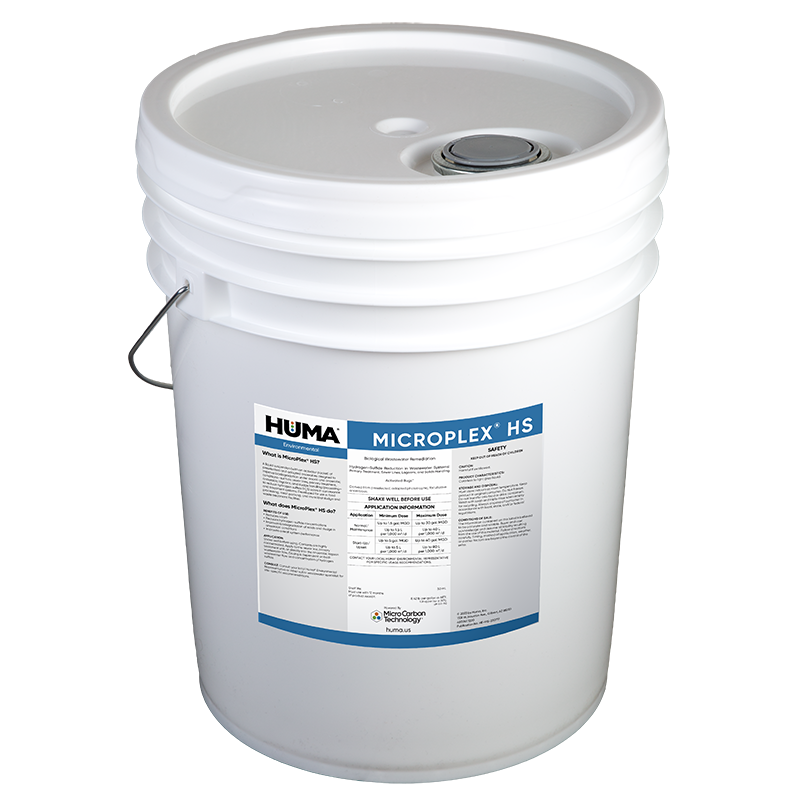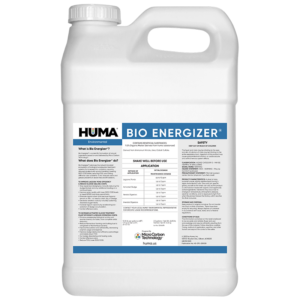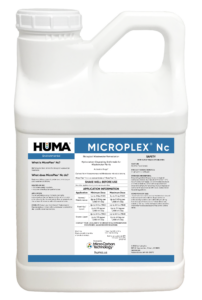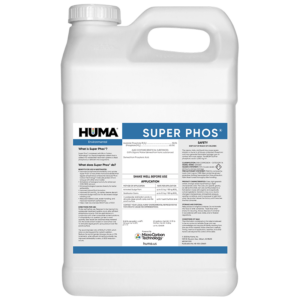FAQs
Related Products
Related Case Studies

Bio Genesis® Reduces Foam and Increases Stability at Idaho Municipal Wastewater Treatment Facility
Problem A municipal wastewater treatment facility in Idaho uses a small, activated sludge system to treat 35,000 gallons per day (gpd); waste activated sludge (WAS) is removed from the system approximately every 2 to 3 weeks. The system frequently experienced intermittent foaming and settling issues, as well as seasonal impact from grease relating to the

Bio Energizer® Reduces Costs and Turbidity in Paperboard Lagoons at Kentucky Papermill Wastewater Facility
Problem A paper mill wastewater facility was treating 940 tons of paper bags, recycled linerboard, and corrugating medium, daily. The mill was interested in improving wastewater operating efficiency and lowering operating expenses over their standard polymer usage. The plant was experiencing filamentous bacteria, solids, and bulking issues in the final clarifier. It was discharging 4,000

Super Phos® Lowers Papermill Operating Costs in China
Problem The existing wastewater treatment system uses 600 kg/day of diammonium phosphate (DAP) to provide the needed phosphorus concentration to maintain a healthy microbial population to treat wastewater. These microorganisms break down the organic matter being discharged from the paper processing facility. Without the correct concentration of available phosphorus, the microorganisms are unable to grow
Related Blog Posts

Wastewater Treatment: A Delicate Balance
By Jared Alder, MS The treatment of wastewater is a delicate balance of chemical, biological, and mechanical processes. Treatment operators need to find a happy medium to provide high-quality treatment, while staying within budgets and all the while ensuring they meet environmental compliance. Operators are expected to deal with a constantly varying treatment system, such

Nitrification 101
By Heather Jennings, PE Today we are going to focus on nitrifiers, those wastewater treatment autotrophs that get energy from oxidizing ammonia. (Autotrophs are microorganisms that produce complex organic compounds using inorganic carbon from simple substances as a food source.) Oxidizing ammonia is a fancy way of saying ripping off hydrogens to stick oxygens onto

Ducks Walking on Water?
by Heather Jennings, PE Bio Energizer® Reduces Sludge Over 40% at Utah Municipal WTP The case study described below was a project that I worked on with a small-lagoon municipal system so overwhelmed with solids that state action was being taken. The ducks on the other side of the lagoon from me literally looked as






